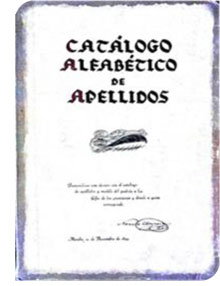| SIGN IN |
 |
| HOME | ABOUT | CALENDAR | | MEMBERSHIP | PHOTOS | DATABASE | LINKS | CONTACT |
 What's in a (Filipino) Name?, Part 1 What's in a (Filipino) Name?, Part 1by Ping Bayani July 2016
Editor’s note: Ever wondered why many, if not most, Filipino surnames are Hispanic? What were the native family names and what happened to them? Below is the first of excerpts from an article written by Penélope V. Flores, Professor Emeritus at San Francisco State University, from this website. It gives an insight into why and how we got to the surnames we carry today. |